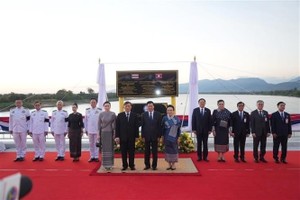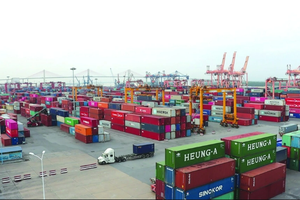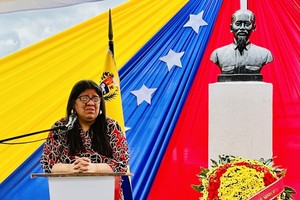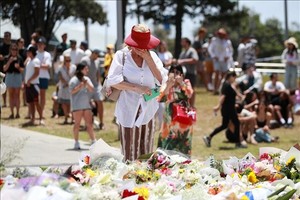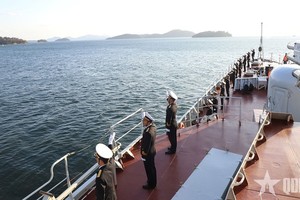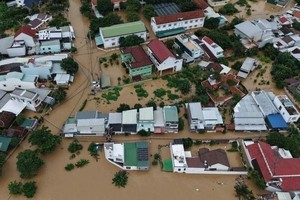A Japanese official admitted Monday that the authorities may have been over-zealous in issuing their first major tsunami alert in more than 15 years for a wave that ended up causing almost no damage.
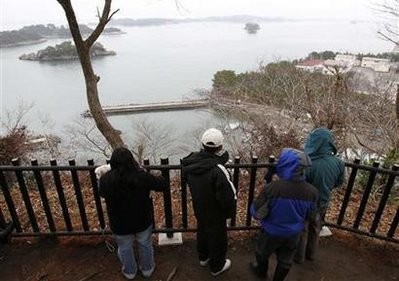
"The agency's tsunami forecasts turned out to be a bit too big. I'd like to apologise for the prolonged alerts," Yasuo Sekita, a Meteorological Agency official in charge of earthquakes and tsunamis, told a news conference.
Authorities on Sunday ordered more than half a million people to evacuate seaside areas and predicted that the tsunami sparked by Chile's massive earthquake might top three metres (10 feet) by the time it reached Japan.
When other Pacific-Rim nations had already sounded the all-clear, Japanese officials were still issuing warnings, as television stations provided non-stop live coverage with their cameras focused on the calm ocean.
When the tsunami arrived in the early afternoon, it was just 30 centimetres (one foot) high. Waves up to 1.2 metres high later inundated some port-side areas, but in caused no injuries or major property damage.
Cautious to the end, Japan's Meteorological Agency did not lift its last regional tsunami alerts until 10:15 am (0115 GMT) on Monday, after tens of thousands of people had spent the night in evacuation shelters.
But many Japanese would say authorities are right to err on the side of caution. Japan is a world leader in disaster preparedness, for good reason.
The island-nation of 128 million people, located on the intersection of several tectonic plates and dotted with a string of active volcanoes, is hit by about 20 percent of the world's most powerful earthquakes.
In the last major quake, in the Kobe area in 1995, about 6,400 people died.
Greater Tokyo, with 35 million people, is waiting for "The Big One", a monster quake of the scale of the 1923 Great Kanto Earthquake that claimed more than 140,000 lives, many of them burnt to death in wooden houses.
When news came Sunday of the tsunami from Chile, it brought back bad memories. In 1960, a 9.5-magnitude earthquake in Chile, the largest on record, sent a tsunami across the Pacific that killed more than 140 people in Japan.
Quake and tsunami experts stressed on Sunday that in the tsunami half a century ago, the initial waves had been deceptively small, but were later followed by monster waves up to four metres high.
